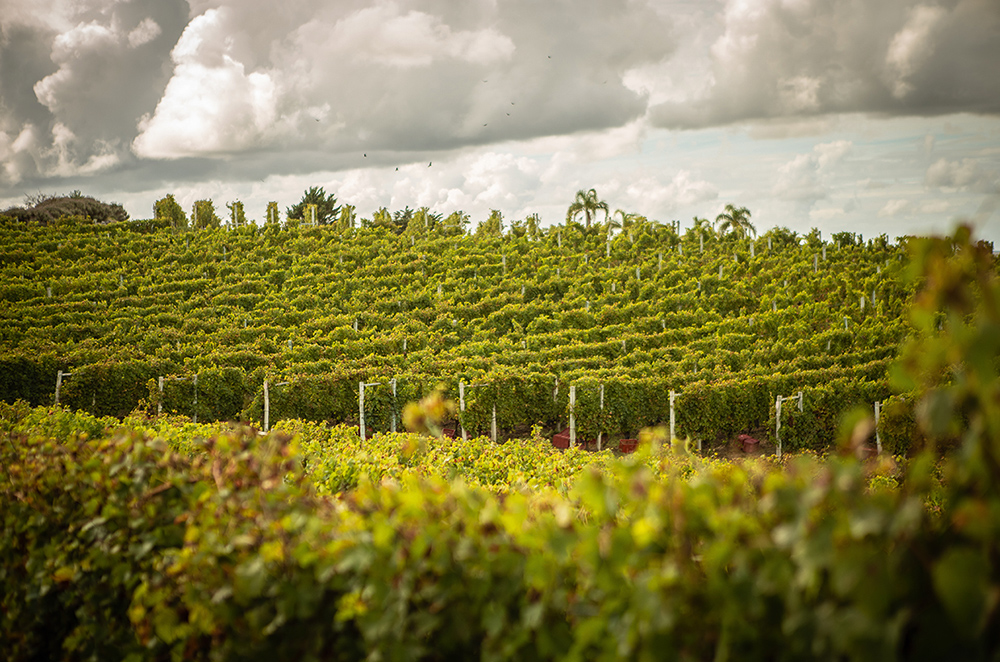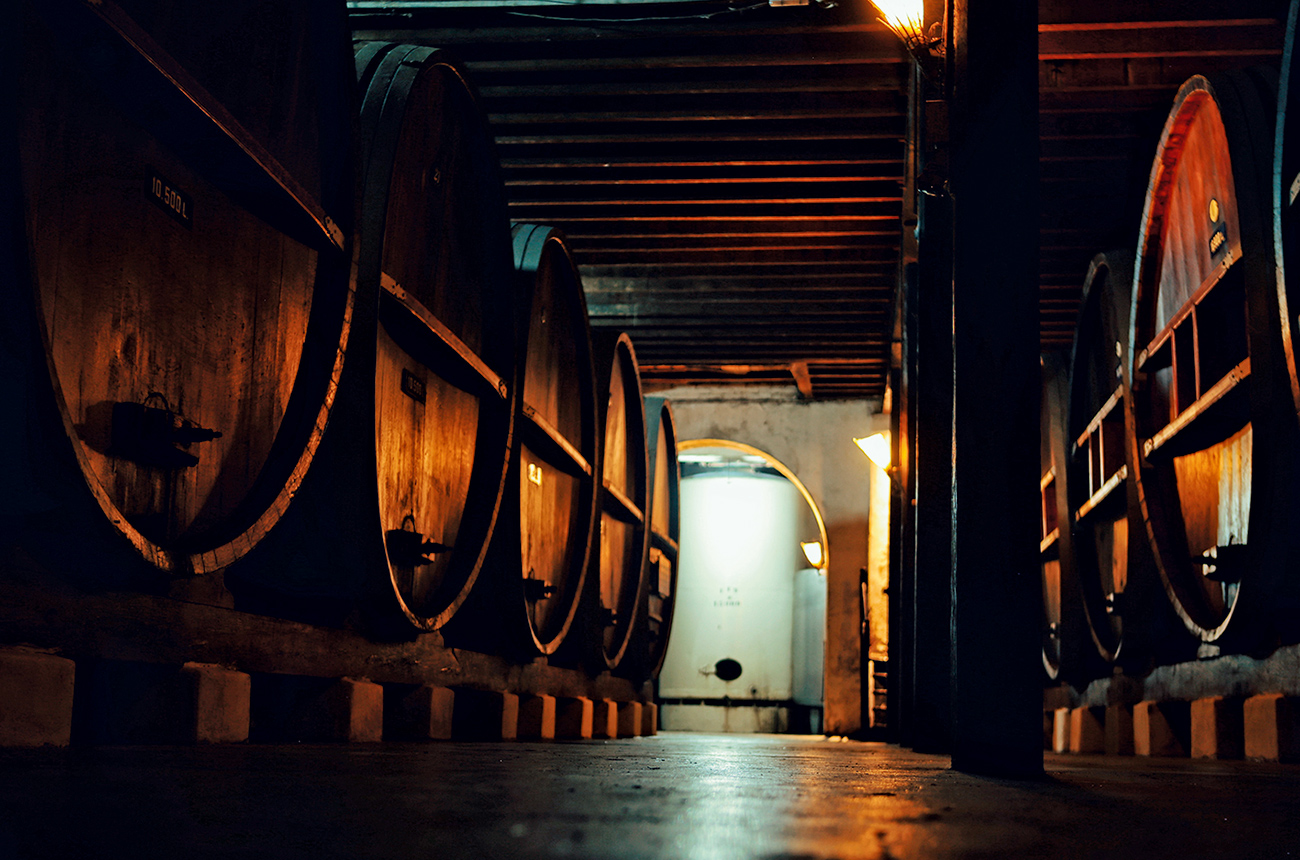Flanked by Argentina on one side, Brazil on the other and with the Atlantic Ocean pushing in from the south, Uruguay – only 176,000 sq km in size and populated by around 3.5m people – is arguably South America’s under-discovered jewel; a patchwork of predominantly boutique-style, family-owned producers who craft their wines along traditional European lines which tap into this significant strand of the country’s culture.
However, could the country maybe on the cusp of its own breakthrough moment? The signs are certainly positive and the majority point in the right direction.
Uruguay has been increasingly catching the eye of opinion formers including several Masters of Wine, to the extent that the Institute of Masters of Wine incorporated for the first time a Uruguayan wine into its study programme.
The level of interest shifted up a gear when a collective of nine MWs recently toured the country’s preeminent regions. Furthermore, such intrigue was further compounded when the country hosted the 41st edition of the OIV’s (International Organisation of Vine & Wine) World Congress where fellow MW, Peter Richards, delivered the keynote speech.

‘Uruguayan wine is consistently surprising and eye-opening’ says Richards. ‘What makes it unique is the confluence of Old World and New World in the same glass. The fresh Atlantic climate moderates the warmth of the climate, making for brilliant, elegant, crossover styles.’
The impact of the Atlantic is a viewpoint shared by many of Richards’ MW peers who have also discovered Uruguay first-hand. ‘I am always interested by countries and regions that are predominantly coastal as they offer exciting styles,’ reveals Alistair Cooper MW. ‘That coastal element of Uruguay and the difference between the more exposed and cooler Atlantic coast, as well as the slightly warmer “River Plate” coast is an interesting tool for producers to play with.’
One of Cooper’s travelling companions, Pedro Ballesteros MW, could not over-emphasise how the Atlantic’s forces affected almost the entire nation’s wine production scene: ‘My initial impression is that Uruguay is the only truly Atlantic wine country,’ he says. ‘You have Atlantic regions, in Spain and France for example, but as an entire country Uruguay is the only wine country where every region is exposed to all the vagaries and influences of the Atlantic climate.’
In both reds and whites, the overarching, cooling influence of the ocean can be distinct, and alongside a progressive, restrained winemaking approach, has become more marked than in times past, as Richards confirms: ‘Tannat is still being explored but I love the unbaked yet elegant styles being made now. They’re beautiful and a world away from the tannic brutes that came before.’

‘I believe Tannat is Uruguay’s biggest opportunity,’ affirms Robin Kick MW. ‘The ability to produce excellent quality Tannat that does not require years of cellaring before being consumed is a unique factor, and I very much preferred the styles that were able to capture lovely fruit ripeness and retain the grapes’ natural freshness, plus were then were aged in a way that allowed its personality to shine.’
‘Certainly Tannat has the greatest future,’ concurs Victoria Stephens-Clarkson MW, before adding a cautious note: ‘I’m not saying it will be easy, but there is clearly potential to focus on the producers themselves, their stories and the natural advantages of the country, as well as getting people on board the Tannat train!’
Following a similar theme to Richards, Norwegian MW, Mai Tjemsland, is acutely aware of how Uruguay’s wines have evolved over time, as well as flagging up the huge potential of the whites: ‘For us in Scandinavia Uruguay is a fairly new market,’ reveals Tjemsland. ‘There were a few Uruguayan brands popular in our market about 20 years ago, but they were more rustic in style. Nowadays, styles seem more fruit-driven and more concerned about showing the fruit profile of Tannat, with little or no dominating oak aromas. This is more similar in style to the tastes of Scandinavia, and there are also possibilities for the leaner Sauvignon Blancs.’
Uruguay certainly seems well positioned to tap into the global appeal of Sauvignon, yet according to these Masters of Wine, there is one white grape which has the potential to mirror that of Tannat in creating a second home for a distinctly European variety. ‘I love the Albariño and think it will be a star in Uruguay,’ declares Richards. Cooper fully agrees, particularly when considering the commercial implications: ‘I really think that Albariño could be something that would easily appeal to export markets,’ is his take. Even proud Spaniard Ballesteros doesn’t hide his enthusiasm for its possibilities and traction the grape could generate: ‘I am very concerned for my own country because of the great potential of Albariño in Uruguay,’ he says with a glint in his eye. ‘It is difficult to compare with Spain because Uruguay has very young vines of Albariño and are using the trellising system. So, I think they need to do a bit more research into the viticulture for Albariño but I see more potential in Albariño than in Sauvignon Blanc. It needs to be fully exploited but I already see Uruguay producing Albariño wines with lovely mineral expressions that are very precise and defined.’

Tannat and Albariño seem to make a formidable pairing and one which carries an air of difference, however notable mentions for other grapes such as Cabernet Franc, Nebbiolo and Marselan were plentiful, as was the raft of styles the country could turn its hand to. ‘Uruguay has to undertake a joint and very honest exercise to identify quality, potential and wine styles,’ summarises Ballesteros. ‘This doesn’t mean the conclusion should just be that Uruguay is a Tannat or Sauvignon Blanc country, for Uruguay can do many other things as well.’
‘It inhabits a fascinating and promising niche,’ enthuses Richards. ‘It’s immensely varied, but there’s also a consistency of feel to the wines: fresh; upbeat; elegant; gastronomic and thought-provoking. Uruguayan wines are the intelligentsia of the global wine scene. The suave, mysterious types at the party; there’s so much to talk about.’





